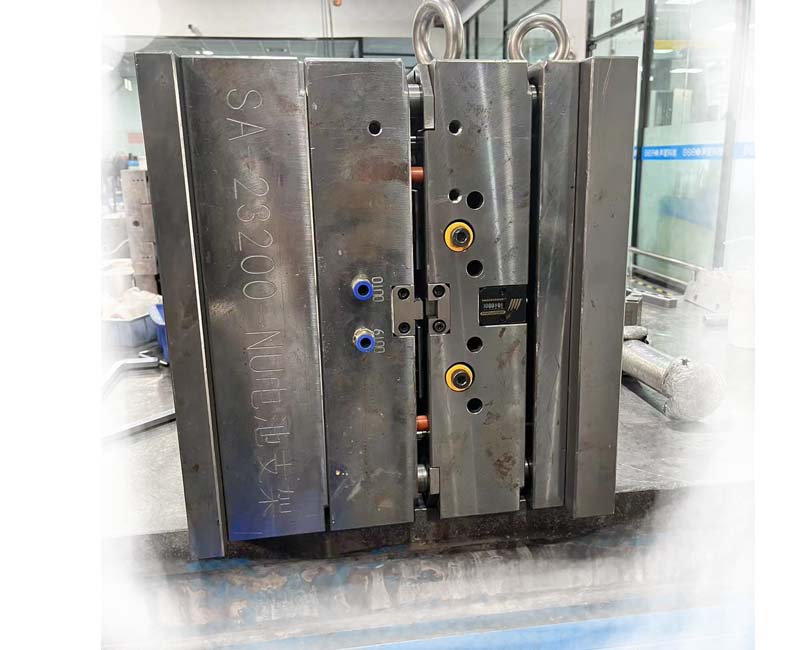Company dynamics
What are the structures of plastic molds?
The plastic mold structure mainly includes a female mold with a variable cavity, a female mold combined base plate, a female mold combined base plate and a female mold combined base plate, a punch with a variable core, a punch combined base plate, a punch combined base plate, and a cavity cut-off Components and side-cut combined base plates.
In order to improve the performance of plastics, various auxiliary materials such as fillers, plasticizers, lubricants, stabilizers, and colorants can also be added to the polymer to make the polymer a plastic with excellent performance.
Synthetic resin is the most important component of plastics, and its content in plastics is generally 40% to 100%. Because the amount of resin is large and its properties often determine the properties of plastic, resin is often regarded as synonymous with plastic. For example, the difference between PVC resin and PVC plastic, phenolic resin and phenolic plastic. In fact, resin and plastic are two different concepts. This raw, unprocessed polymer is used not only to make plastics but also as a raw material for coatings, adhesives and synthetic fibers. Moreover, except for a very small part of plastics that contain 100% resin, most plastics need to add other substances in addition to the main component resin.
Fillers, also known as fillers, can improve the strength and heat resistance of plastics and reduce costs. For example, adding wood powder to phenolic resin can greatly reduce costs and make phenolic plastic a cheap plastic. At the same time, its mechanical strength can also be significantly improved. Filling materials can be divided into two categories: organic and inorganic. The former such as wood powder, rags, paper and various fabric fibers, and the latter such as glass fiber, diatomaceous earth, asbestos, carbon black, etc.
Plasticizer can improve the plasticity and softness of plastics, reduce the brittleness of plastics, and make plastics easier to process and shape. It is usually a high-boiling substance that is miscible with resin, non-toxic, odorless, and stable to light and heat. Phthalates are commonly used. For example, when producing PVC plastic, if more plasticizer is added, soft PVC plastic can be obtained. If no or less plasticizer is added (amount <10%), hard PVC plastic can be obtained.

Stabilizer: In order to prevent the photothermal decomposition and destruction of synthetic resin during processing and use and extend its service life, stabilizers should be added to plastics. Commonly used in stearate, epoxy resin, etc.
Colorant coloring can make plastics have a variety of bright and beautiful colors. Commonly used as organic dyes and inorganic pigments.
Lubricant The function of lubricant is to prevent the plastic from adhering to the metal mold during molding, and at the same time, it can make the surface of the plastic smooth and beautiful. Common lubricants include stearic acid and its magnesium calcium salt. In addition to the above additives, flame retardants, foaming agents, antistatic agents, etc. can also be added to the plastic.
Categories
Blog
Contact Us
Contact: plastic injection molding Company
Phone: +86 181 6575 9852
Tel: +86 755-27164277
E-mail: windward@seaiint.com
Add: Northwest of Huihao Industrial Park, No. 1, Chuangwei Road, Guangming District, Shenzhen

